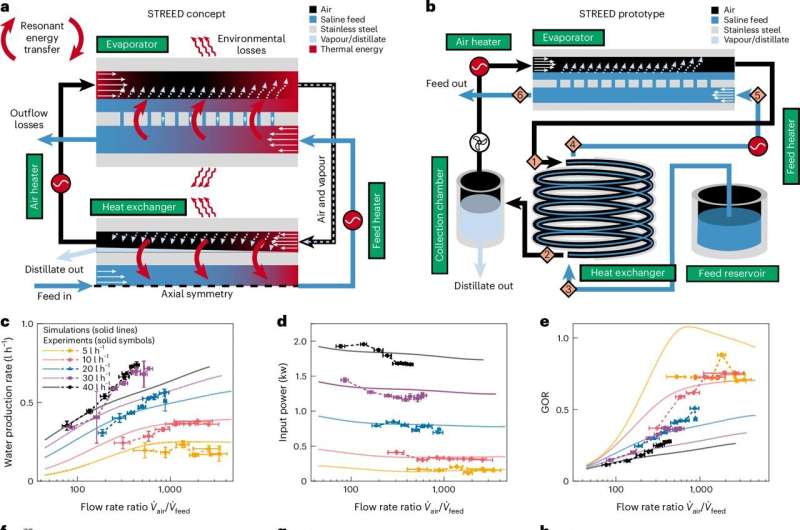Collagen, one of the most abundant proteins in the human body, plays a critical role in providing structure, stability, and mechanical strength to tissues. Yet, despite its prevalence, some aspects of collagen’s behavior—particularly its orientation within tissues—remain shrouded in mystery. A new study from researchers at Yokohama National University sheds light on this complex topic and introduces a promising new method for fabricating collagen-based tissues with unprecedented precision.
Understanding the orientation of collagen fibers is vital, as it influences cell behavior and tissue function. Existing methods for modeling collagen structures—such as magnetic alignment and electrospinning—have notable drawbacks. Magnetic beads can remain embedded in the final structure, while volatile organic solvents pose safety and environmental concerns. Additionally, these techniques often fall short when it comes to accurately replicating the complex, multi-directional orientations found in natural tissues like the dermis or skull.
Continue reading… “Unlocking Collagen’s Potential: A Breakthrough in Multi-Directional Tissue Engineering”












